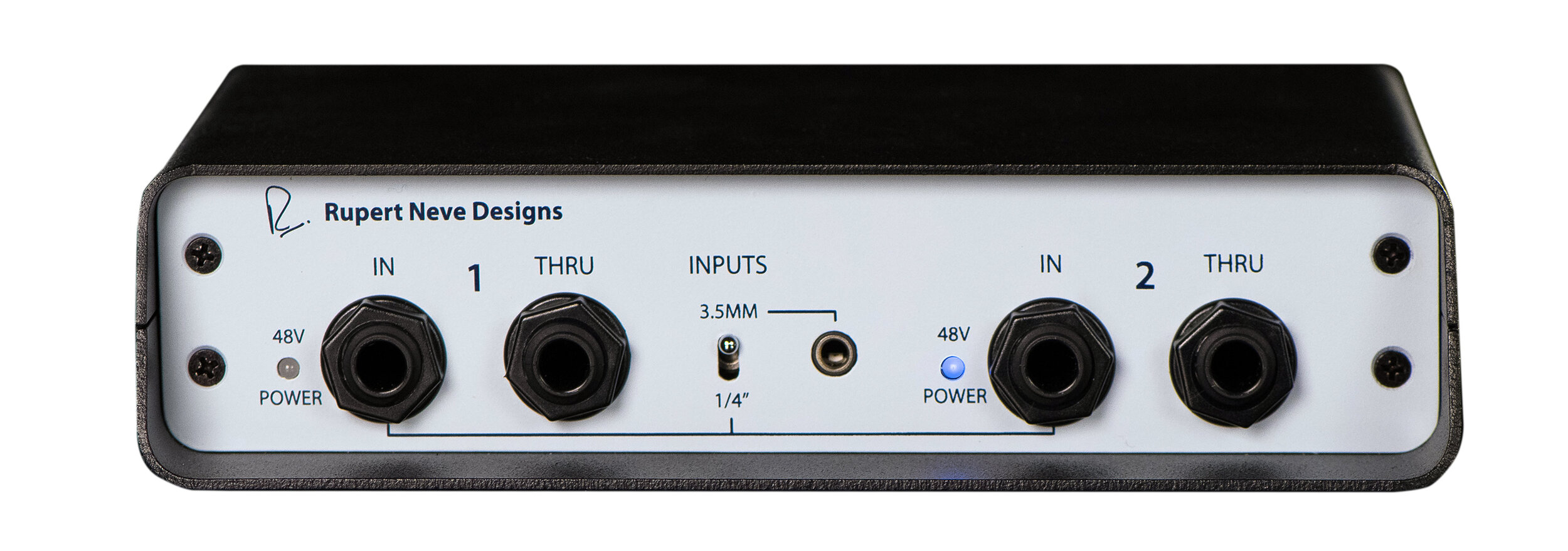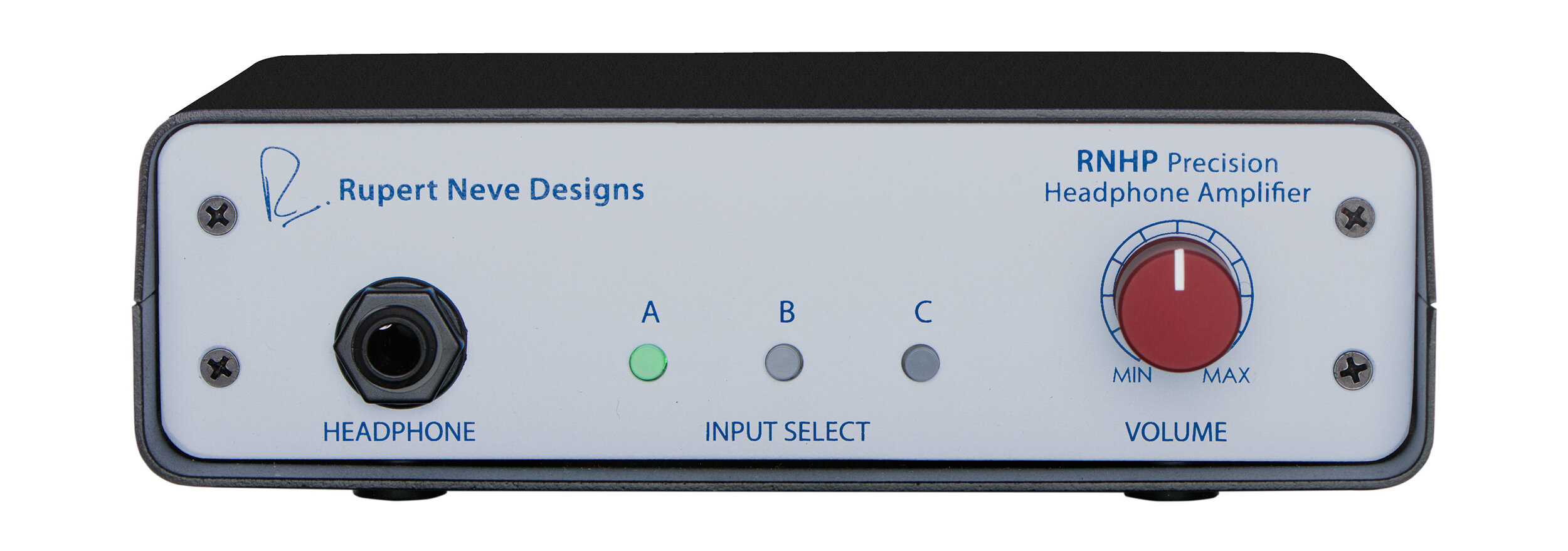Honeytone Studio and the 5088
Thanks for joining us! Can you please tell us a bit about the studio?
Honeytone Studio is an analog hybrid destination studio run by 3 producer / engineers: Patrick Boland, Marty Brueggemann and Jeff Patlingrao. We offer onsite lodging and an extensive gear collection ranging from vintage guitars, amps, effects, synths, and keyboards to our favorite modern builders. It is built in a warm and inviting 1800's Victorian mansion in Neenah, WI. We opened in 2012 and are celebrating our 10-year anniversary this year.
How did you hear about Rupert Neve Designs / the 5088?
We have always admired the vintage Rupert Neve consoles. When Rupert Neve Designs started, we followed from the beginning. Our dream was to own a 5088 console. The musicality, flexibility of routing, high headroom and customer service are what drew us to the 5088.
What is your 5088’s configuration?
We have a 33-channel 5088 [31x mono input modules, 1x stereo input module] with 8x 5052 mic pre / EQs, 23x 5051 EQ / compressors and 8x 5033 EQs.
If it is not the studio's first console, what is different about using the 5088?
The difference is the sound and headroom. We used to have a Toft ATB 32 channel console. Everything sounds more like it does in the live room coming through the 5088. We never have to worry about pushing the console too hard. The reproduction of the low end is especially inspiring.
The console and modules sound big and open. We work hard to get the sounds right in the live room from the performance to the signal chains and the 5088 captures that musically and accurately. In smaller sessions we can move quickly using our 5052 mic pre / EQ modules. The Silk circuit helps us dial in the harmonic saturation we are looking for with a wide variety of sources. Having a Rupert Neve console helps to initiate trust with artists right from the start.
One of our favorite things about the console is the flexibility of gain staging. It gives us a huge dynamic range from clean to highly saturated and all points in between. It also gives us piece of mind with the headroom. It’s one less thing we have to think about when tracking and mixing.
Many modern musicians are familiar with the Rupert Neve name via plug-in emulation and circuit clones. The experience of hearing and feeling one’s own music through the actual console is quite eye-opening for many. There’s a texture and dimension in the 5088’s transformers and summing that standalone preamps and plugins, as great as many of them are, can’t give you.
Do you own any other RND gear? How are you using it?
We have the Master Buss Converter – it’s the perfect match to the 5088 and allows us to convert that wide dynamic range into our DAW. We also have a pair of 535 Diode Bridge Compressors. We typically use those on our drum buss. Our pair of 542 Tape Emulators are used in tracking and on drums when mixing. They offer another opportunity to introduce the wonderful Silk circuit to sources. We also have an R10 rack to store and power some of our 500 Series modules.
We own a mono RNDI and a stereo RNDI-S and use them mostly for bass and synth tracking. We use the RNHP Headphone Amp as our main headphone monitoring amp coming out of the console. Last, but not least, we have a Rupert Neve Bobblehead.
Is there anything else you'd like to share with us?
When you own a piece of Rupert Neve Designs equipment you are part of a family and are treated as such. We find the customer service to be excellent and the gear extremely dependable. Pretty early on we took our 5088 apart piece by piece to update the fans, metal work and power supply. The techs at Rupert Neve Designs were super helpful throughout the process, which was a bit daunting at first. We gained an intimate hands-on knowledge of how the console works and how it’s put together. It’s a beautiful piece of art, science, and magic. We love our 5088.
Photo credit for all of the above images: Charlene Champion Photography

























